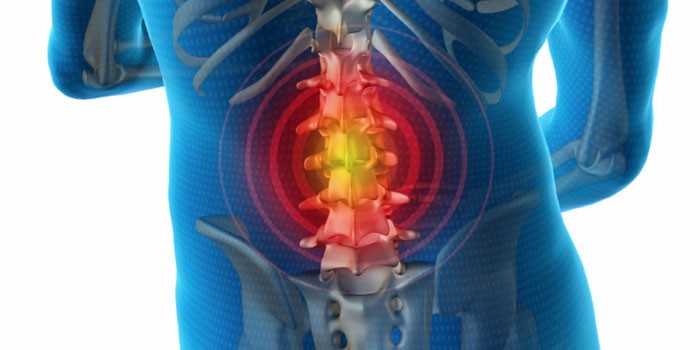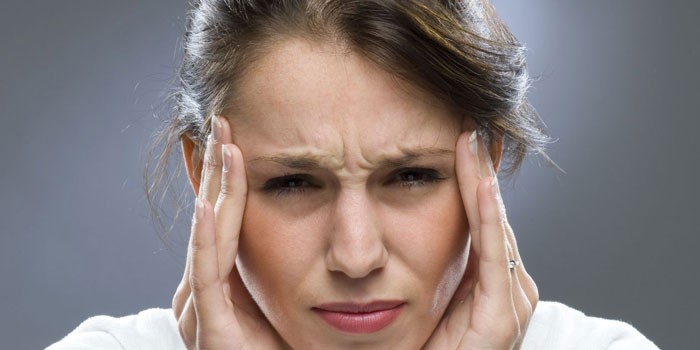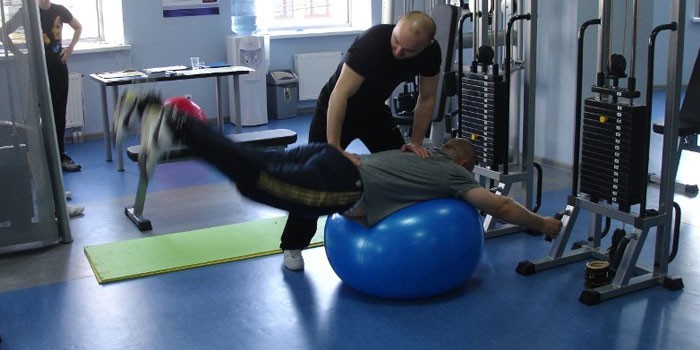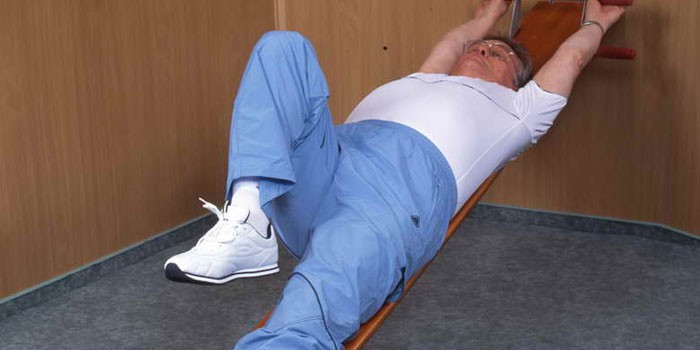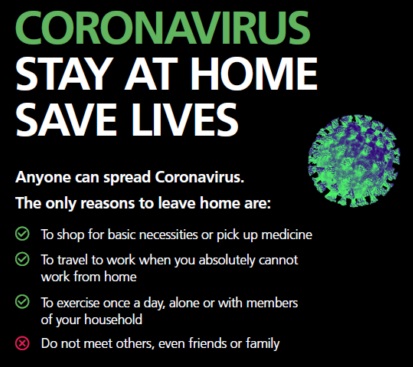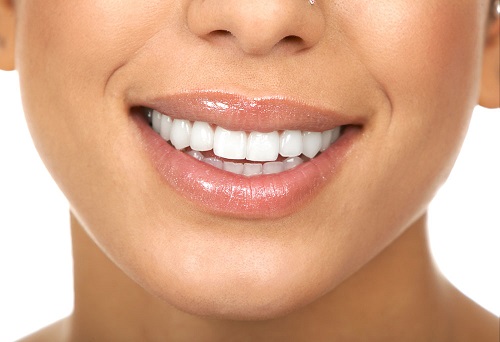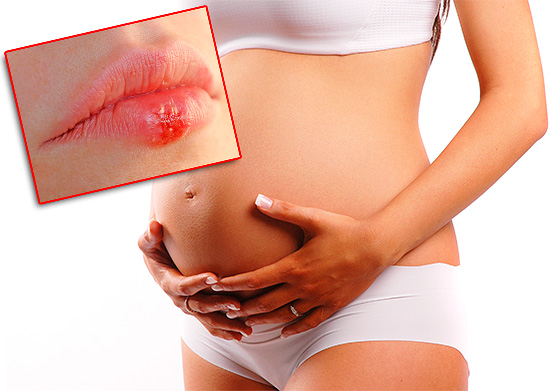Content
- What is a hernia of the spine
- Symptoms of a hernia of the spine
- How to recognize a hernia of the spine
- Spinal hernia treatment
- Spinal hernia prophylaxis
This disease, as a rule, develops in the lumbar region or cervical region, extremely rarely in the chest. A hernia in the spine can affect any part of the back; treatment can be conservative or surgical (surgery). The effectiveness of therapy is affected by the timeliness of contacting a specialist.
What is a hernia of the spine
This pathology is characterized by a violation in which the intervertebral discs are displaced, which causes a person severe pain, numbness in different parts of the body, and weakness. The role of this part of the spine is very important: they are shock absorbers that soften the load when moving, provide flexibility of the ridge. When they are deformed, the patient immediately feels discomfort, begins to suffer.
The intervertebral disc has a fibrous outer ring, which consists of collagen fibers, and the inside is the pulpous nucleus. The last burden lies with the main load when a person makes various movements, lifting weights. The fibrous ring should hold the nucleus in place, but if this does not happen, it shifts and an intervertebral hernia forms. The disease becomes a consequence of a long process of disk degeneration: it loses a lot of water from the inside, which makes it very fragile. There are two stages of hernia formation:
- Protrusion. A herniform base begins to form at the disc, the inner fiber of the fibrous ring is damaged, but there is no rupture of the membrane. A movable element forms, but the gelatinous core is retained. At this stage, the disease can be cured without surgery..
- Entrusion. The second and last stage of the formation of a vertebral hernia. The pulpous nucleus leaves the border of the disk space due to damage to the inner, outer fibers of the fibrous ring. In some cases, treatment involves the intervention of a surgeon.
What causes a hernia on the spine
As a rule, the development of the disease is preceded by damage to the spine due to infection, physical trauma, metabolic disorders, infections, osteochondrosis. A spinal hernia noticeably manifests itself at the moment when pressure forms inside the intervertebral disc. Until then, all symptoms can be mistaken for other diseases. The following main causes of intervertebral hernia are distinguished:
- diseases of the spine (scoliosis, osteochondrosis, lordosis, etc.)
- trauma, microtrauma;
- body movements causing spinal deformity;
- malnutrition;
- overweight;
- gender – in men, the pathology is diagnosed more often;
- heavy physical labor;
- heredity – congenital malformation of the spinal column;
- pregnancy – creates an additional load on the intervertebral discs, which provokes an increase in physiological lordosis;
- sedentary lifestyle (sedentary work);
- the presence of various connective tissue abnormalities.
Types of hernia of the spine
There is a general and more subtle classification of this pathology. As a rule, first determine where the hernia on the back is localized:
- 4% of cases occur in the cervical spine. Patients complain of pain in the neck with radiation to the arms, shoulders, headaches, numbness of the fingers, increased blood pressure, dizziness.
- 31% are in the thoracic region. In this case, persistent chest pains are characteristic. As a rule, the disease proceeds against the background of curvature of the vertebra.
- 65% of cases occur in the lumbar region. He begins to hurt more during exercise, gives radicular pain in the buttocks, back of the thigh, lower leg. Reduced sensitivity of the lower extremities, tingling, numbness, muscle weakness may be observed. In advanced, severe cases of lumbar hernia, problems with defecation, urination may develop, lower limb paralysis occurs.
Pathology is characterized by protrusion of the nucleus into the interdiscal space, therefore, the following types of spinal hernia are distinguished:
- Protrusion – protrusion no more than 3 mm.
- Prolapse – protrusion of 3-5 mm, the clinical symptoms of the disease appear.
- Developed hernia. The swelling of the disc is 6 mm, the fibrous ring ruptures, the gelatinous core comes out, the sequestration of the disc occurs.
In medicine, the direction of hernia protrusion is also distinguished. This is called a “topography” of the hernia; the following options exist:
- front – is considered the most favorable, there are no symptoms;
- lateral or lateral – protrusion occurs from one of the sides of the intervertebral disc, usually through the roots of the spinal nerves;
- back – bulging occurs in the canal of the spinal cord (back), which causes its compression, this option is considered the most dangerous, severe;
- Schmorl’s hernia – bulging occurs vertically down / up, into the body below – or the overlying vertebra.
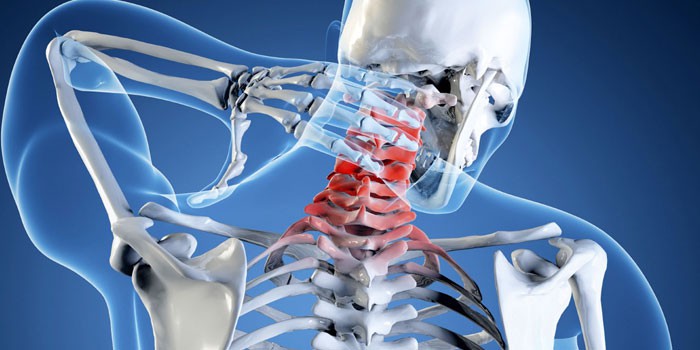
Symptoms of a hernia of the spine
Signs of the disease do not appear immediately, in some cases, the first stages pass without manifestations. Symptoms of an intervertebral hernia will vary depending on the department in which the bulge began to form. The main complaint on the part of patients is a sharp, severe pain. It is provoked by a fallen disc, which presses on the nerve root. Each of them is responsible for the work of a certain organ, therefore, prolapse of the vertebra affects the spinal cord, the nearby nerve endings.
Spinal hernia – symptoms in women
This disease is less common in women, more often it is diagnosed in men in the interval between 30 and 60 years. A hernia of the back does not manifest itself immediately, the symptoms develop gradually. As a rule, at the first stages very weak signs are felt: aching not strong pains, slight dizziness, backache when lifting heavy things. Most patients do not pay attention to this and conduct self-medication, provide rest to the spine, expecting that the problem will pass by itself.
Even minor manifestations of the disease should make a person think about their nature, undergo examination. You should immediately pay attention to the following symptoms of a hernia of the spine in women in order to start treatment on time:
Cervical
- insomnia, neurasthenia, decreased performance, severe fatigue;
- migraine, headaches, dizziness;
- impaired visual function and other eye diseases;
- epilepsy;
- hypertension, pressure surges;
- loss of taste;
- purulent inflammation of the tonsils;
- tinnitus (periodic or constant);
- nausea, vomiting;
- soreness, weakness of the forearm;
- numbness of the thumb, pain in the biceps, the outside of the elbow.
Thoracic department
- discomfort in the shoulder blades, shoulders;
- thyroid disease;
- dyspnea;
- burning, pain in the heart, chest;
- there are constant pain in the chest.
Lumbar
- cystitis;
- hemorrhoids, diarrhea, constipation due to impaired transport of blood, nutrients;
- uterine inflammation, ovarian pathology;
- muscle atrophy, numbness of the limbs, asymmetry of the body appears;
- stones form in the bladder;
- pain arising from bending, flexing or bending the back;
- descending pain in the lower extremities;
- increased dryness / sweating of some parts of the legs.
Spinal hernia – symptoms in men
This disease has no gender differences in manifestation. Symptoms of spinal hernia in men coincide with the same signs that are observed in women. Depending on the location of the protrusion, one or another part of the back and limbs will hurt, pathologies of internal organs will manifest. The only difference is that men suffer from vertebral hernia more often than girls.
How to recognize a hernia of the spine
The initial stage of the disease may be similar to the pathology of other organs, so people rarely realize that the problem lies in the spine. Only a qualified specialist can suspect the formation of bulging. The main task of a person with the occurrence of the above symptoms is to contact the clinic, and not to conduct self-medication. Diagnosis of an intervertebral hernia includes:
- roentgenography;
- MRI.
Only with timely detection of a problem, treatment of the spine will be most effective. The sooner the patient goes to the hospital, the more favorable the prognosis. After the diagnosis, the doctor will be able to prescribe adequate therapy, which the patient must perform in full. If you neglect drug therapy, the implementation of physical exercises – the disease will progress.
Spinal hernia treatment
The choice of therapy depends on the stage, type of disease. For example, if the course of the pathology occurs without complications, then treatment of the intervertebral hernia is aimed at stopping further damage to the intervertebral disc. OTC drugs are prescribed first, if they do not have the proper effect, then the doctor may prescribe stronger tablets (analgesics such as codeine). At the first stage, the following stages of therapy can be distinguished:
- compliance with rest, bed rest;
- the use of painkillers to alleviate the condition of the patient;
- exercise therapy;
- if necessary, a visit to physiotherapy.
If after 3 months the pain does not stop, the syndrome of neurological deficiency, numbness of the perineum, decreased potency in men, a surgical operation is prescribed. Surgery is an extreme measure, because complications often occur, does not have high efficiency. Go to this method only if there is a threat to human life.
Spinal hernia treatment according to the Bubnovsky method
One of the areas of spinal therapy is strengthening the muscle corset so that the disc cannot fall out and the nerves get pinched. The treatment of vertebral hernia according to the Bubnovsky method is based on the gymnastic complex, which the author developed by observing patients with various pathologies of the spine. The name of this technique is kinesitherapy, it is aimed at the muscles surrounding the spinal column, the vertebra itself, and the joints. A gymnastic complex is needed to solve problems with lack of movement (lack of exercise).
Muscle activations, acceleration of metabolism, blood circulation help the vertebrae to take the correct position, and the hernia will begin to dissolve over time. For each patient, the course is selected individually, taking into account the localization of the hernia, the physical characteristics of the patient’s body. Strengthening the muscle corset helps to relieve pressure on the intervertebral disc, mobility returns, flexibility.
What physiotherapy for spinal hernia
When drug therapy helps to relieve pain, a person is prescribed physiotherapy. It is aimed at eliminating bulging, increasing intervertebral spaces. The following physiotherapy procedures for spinal hernia are considered the most effective:
- manual therapy;
- massage;
- electrophoresis, phonophoresis, UHF;
- reflexology;
- physiotherapy.
Spinal hernia exercises
For each person, the complex should be selected individually, taking into account the features, the stage of the disease. A doctor or trainer with a medical background should do this. Exercises from a hernia of the spine should not form a load on the spinal column, so work with weighting in an upright position is unacceptable. Training should be aimed at stretching the spine, strengthening the muscle corset around it.
Spinal hernia prophylaxis
In order not to treat the disease, preventive measures should be taken in advance. A hernia of the intervertebral disc is formed with insufficient activity of a person, a decrease in muscle tone. This applies to most office workers, people whose work activities are related to computers. Prevention of intervertebral hernia – strengthening the muscles of the back, the immune system, avoiding back injuries. Exercise should not form an excessive load on the spine. Well suited for general body strengthening:
- swimming;
- yoga;
- cycling
- fitness.






